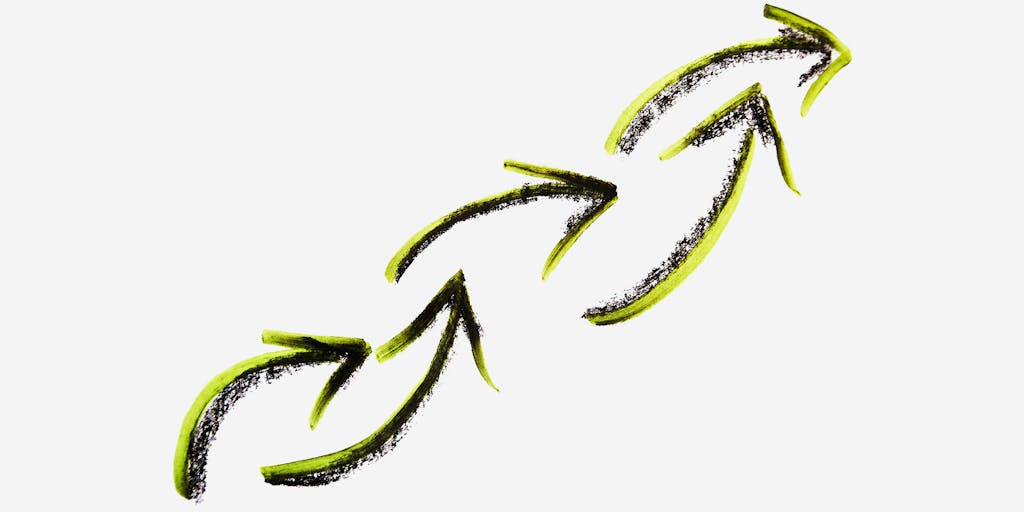When Robert Ubell first applied for a job at a university’s online program back in the late ’90s, he had no experience with online education. But then again, hardly anyone else did either.
First of all, the web was still relatively new back then (something like the way AI chatbots are new today), and only a few colleges and universities were even trying to deliver courses on it. Ubell’s experience was in academic publishing, and he had recently finished a stint as the editor of Nature magazine and was looking for something different. He happened to have some friends at Stanford University who had shown him what the university was doing using the web to train workers at local factories and high-tech businesses, and he was intrigued by the potential.
So when he saw that Stevens Institute of Technology had an opening to build online programs, he applied, citing the weekend he spent observing Stanford’s program.
“That was my only background, my only experience,” he says, “and I got the job.”
And as at many college campuses at the time, Ubell faced resistance from the faculty.
“Professors were totally opposed,” he says, fearing that the quality would never be as good as in-person teaching.
The story of how higher ed went from a reluctant innovator to today — when more than half of American college students take at least one online course — offers plenty of lessons for how to try to bring new teaching practices to colleges.
One big challenge that has long faced online learning is who will pay the costs of building something new, like a virtual campus.
Ubell points to philanthropic foundations as key to helping many colleges, including Stevens, take their first steps into online offerings.
And it turns out that the most successful teachers in the new online format weren’t ones who were the best with computers or the most techy, says Frank Mayadas, who spent 17 years at the Alfred P. Sloan Foundation giving out grants hoping to spark adoptions of online learning.
“It was the faculty who had a great conviction to be good teachers who were going to be good no matter how they did it,” says Mayadas. “If they were good in the classroom, they were usually good online.”
We dig into the bumpy history of online higher education on this week’s EdSurge Podcast. And we hear what advice online pioneers have for those trying the latest classroom innovations.
Check out the episode on Spotify, Apple Podcasts, or on the player below.


